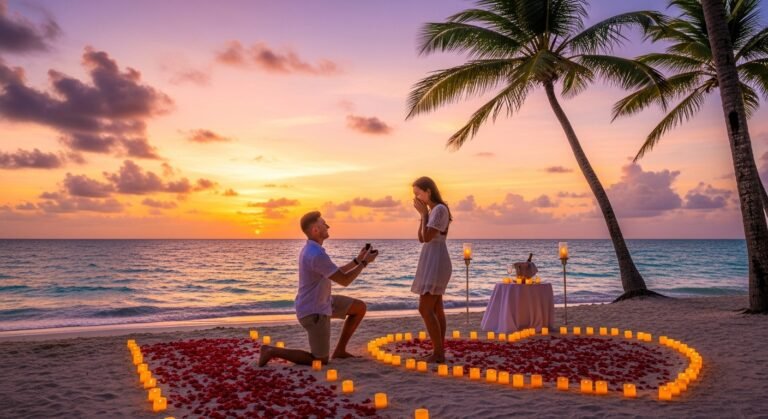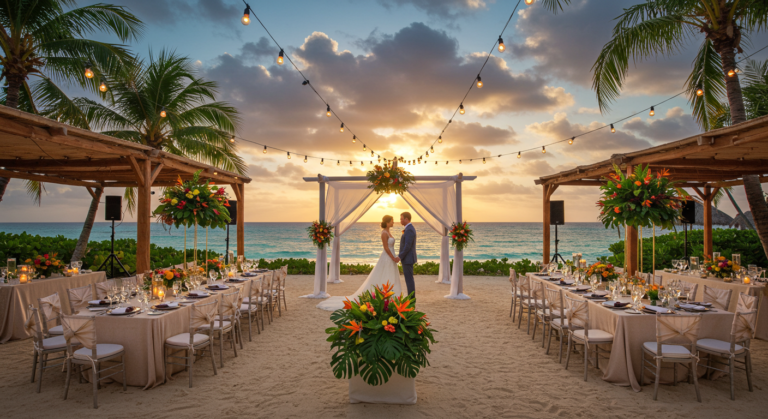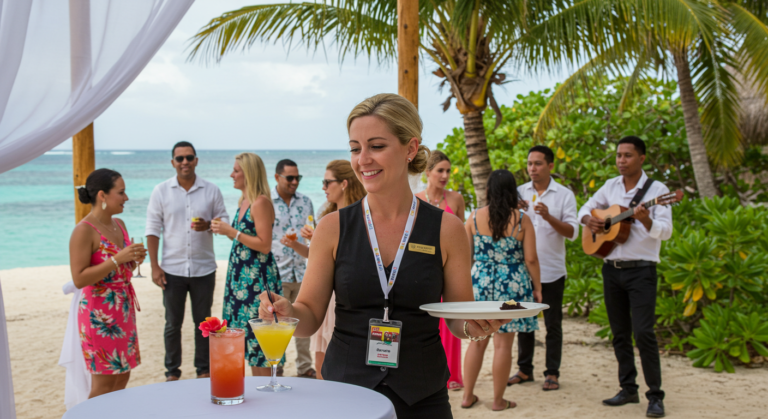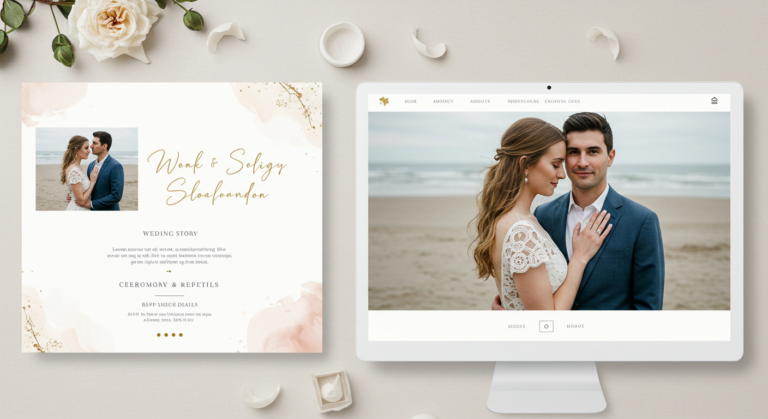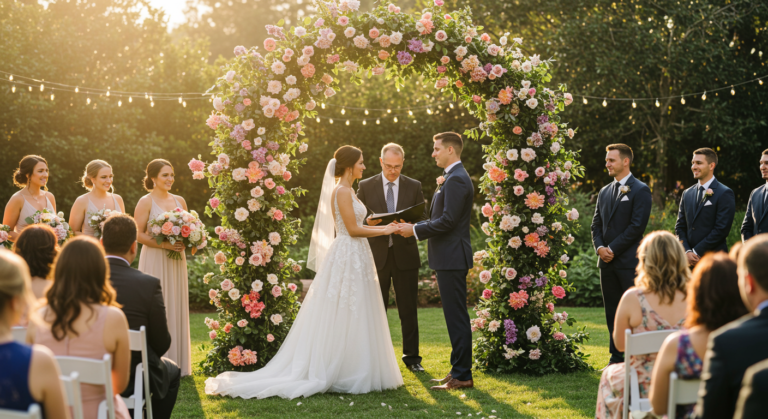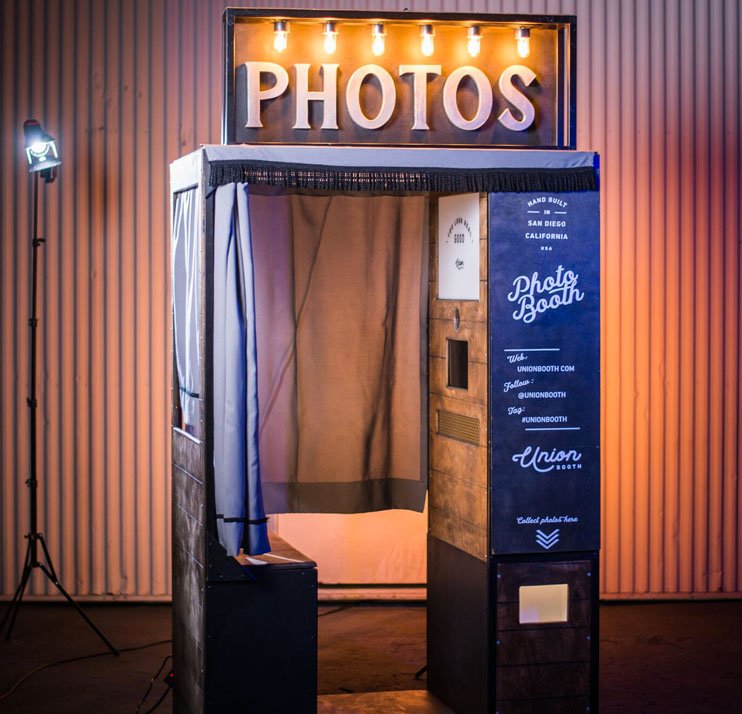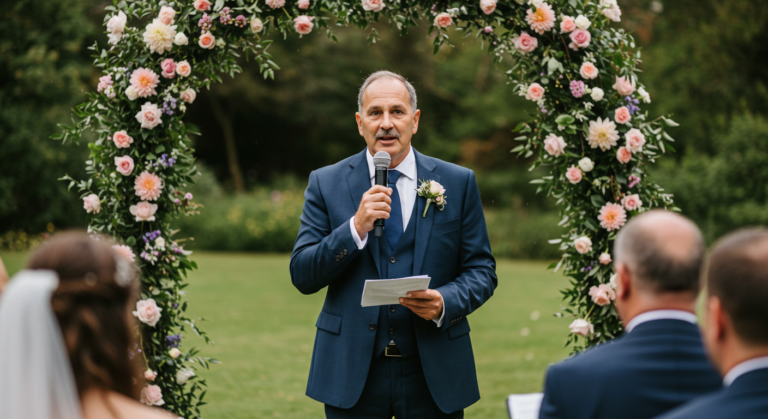Illuminating Moments: How to Use Lighting to Enhance Wedding Photography
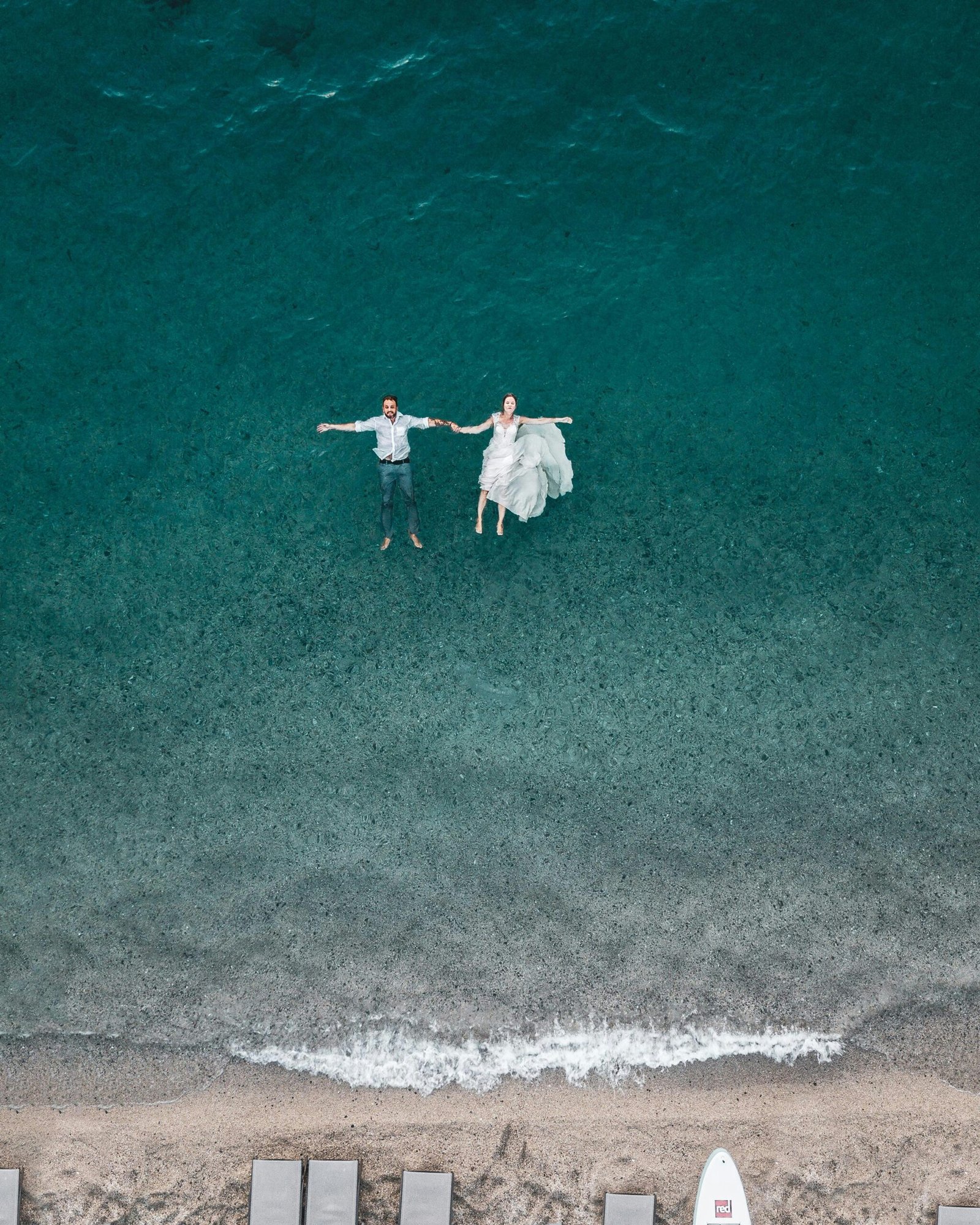
Understanding the Importance of Lighting in Wedding Photography
Lighting plays a pivotal role in wedding photography, influencing not only the final image quality but also the emotions and mood conveyed through the photographs. Effective use of lighting can capture fleeting moments, where the interplay of shadows and highlights creates an evocative atmosphere that enhances the narrative of the day. Understanding this essential element enables photographers to skillfully adapt to a variety of environments, which is critical amid the unpredictable nature of wedding events.
Natural lighting, often revered in the realm of photography, offers a soft, diffused glow that can add warmth and depth to candid shots. It is particularly beneficial during outdoor ceremonies, where the golden hour—the time shortly before sunset—provides a magical backdrop. Conversely, harsh midday sunlight can create unflattering shadows and high contrast, necessitating a photographer’s ability to manipulate the subject’s position or utilize reflectors. On the other hand, artificial lighting opens up creative possibilities, allowing photographers to take striking images even in challenging indoor environments. The ability to effectively employ flash, softboxes, or LED lights can dramatically transform the ambiance of wedding shots.
Moreover, the contrasting qualities of lighting can evoke diverse emotional responses. Intimate moments, such as the couple’s first dance or a heartfelt toast, can be accentuated through careful lighting choices that create a serene or romantic atmosphere. By mastering the nuances of light direction, color temperature, and intensity, photographers can produce images that resonate with the unique emotions of the day, forging a connection between the viewer and the moments captured. Thus, a thorough understanding of lighting techniques is not just beneficial; it is essential for any photographer aiming to provide couples with a lasting visual narrative of their wedding day.
Types of Lighting Available for Wedding Photography
When it comes to wedding photography, understanding the various types of lighting is essential for capturing stunning images that truly reflect the moments of the day. Each type of lighting has unique characteristics that can either enhance or detract from your photographs, so knowing when and how to use them is critical. The primary types of lighting used in wedding photography include natural light, flash, LED lights, and other artificial sources.
Natural light is often considered the ideal choice for wedding photography due to its soft and flattering qualities. It can create a dreamy atmosphere, especially during golden hour when the sun is low on the horizon. However, natural light can be unpredictable, and during the middle of the day, harsh shadows and blown highlights may pose challenges.
Flash photography is another powerful tool that can be utilized effectively for wedding portraits and receptions. On-camera flash provides a significant burst of light, making it useful during dimly lit indoor ceremonies or nighttime receptions. However, overusing flash or failing to diffuse it properly can lead to harsh shadows and unflattering images, so photographers must be skilled in balancing flash with ambient light.
LED lights have gained popularity in recent years due to their versatility and relatively low heat output. They can be used as a primary light source or as accent lighting to create mood and dimension in photographs. One advantage of LED lights is the ability to adjust their brightness and color temperature, allowing for more control in various settings. However, they may not produce the same depth as natural light, and using them requires an understanding of how to blend them with existing light sources.
Other artificial lighting sources, such as studio strobes or continuous lights, can also be employed during weddings, particularly for posed shots in controlled environments. Each lighting type presents advantages and disadvantages, and utilizing them effectively often requires a keen understanding of the specific scene and desired mood. Being adaptable and knowledgeable about different lighting conditions will greatly enhance the overall quality of wedding photographs.
Using Natural Light to Create Stunning Images
Natural light is a powerful tool in wedding photography, offering an array of opportunities to create breathtaking images. Understanding how to harness the qualities of sunlight can significantly enhance the overall aesthetic of your photographs. One of the best times to photograph couples outdoors is during the golden hour, which occurs shortly after sunrise and before sunset. During this period, the sunlight takes on a warm, diffused quality that bathes the surroundings in a golden hue. This light not only enhances skin tones but also creates a magical atmosphere, allowing for intimate and romantic portraits.
Another excellent time for outdoor shots is the blue hour, which follows sunset and precedes sunrise. During the blue hour, the sky transitions to a deep blue, providing a stunning backdrop for couples. This unique light can be utilized creatively, capturing silhouettes or emphasizing the details of the couples’ outfits against a vivid sky. Positioning your subjects strategically during these times is crucial. A photographer should aim to position the couple so that the light falls softly on their faces, avoiding harsh shadows that can be unflattering. This can be achieved by having them face the light source, while also being mindful of the background to ensure it complements the scene.
Additionally, utilizing shadows and highlights effectively can add depth and dimension to wedding photographs. Explore contrasting light and dark areas within the scene to create visually engaging images. Play around with the direction of light, guiding it to highlight meaningful details, such as the intricacies of a wedding dress or the elegant contours of a bouquet. By mastering these techniques with natural light, photographers can elevate their work, crafting stunning images that truly capture the essence of the wedding day.
Mastering Flash Techniques for Indoor Ceremonies
Indoor ceremonies present unique lighting challenges that can significantly impact wedding photography. One of the most effective ways to manage these challenges is through the use of flash techniques. Properly utilizing flash not only illuminates subjects but also enhances the overall atmosphere of the photos. However, to avoid harsh shadows that can detract from the beauty of the moment, photographers must master specific strategies.
One highly recommended technique involves the use of bounce flash. This method entails directing the flash towards a nearby surface such as a wall or ceiling, allowing the light to reflect onto the subjects rather than hitting them directly. This diffusion softens the light, creating a more natural and pleasing effect, reducing the stark contrasts that can lead to unwanted shadows. Moreover, utilizing bounce flash is particularly effective in venues with white or light-colored surfaces, enhancing the light’s reflectivity.
Another advanced option is the use of off-camera flash. This technique separates the flash unit from the camera, allowing for more creative control over lighting placement. By positioning the flash at various angles or distances, photographers can experiment with shadows and highlights to add dimension to their images. Off-camera flash not only allows for more flexibility in lighting settings but also helps integrate artificial light with the ambient light, creating a balanced exposure that feels cohesive and polished.
To ensure that flash complements ambient light, it is essential to adjust the flash exposure settings accordingly. Photographers should aim to match the color temperature of the flash with that of the surrounding light sources. Additionally, utilizing a lower flash power setting can prevent overpowering the natural light while still providing adequate illumination for photographs. Mastering these techniques will significantly enhance the quality of indoor wedding photography, capturing those memorable moments beautifully.
Creative Lighting Setups for Unique Shots
In the realm of wedding photography, lighting plays a critical role in creating memorable images that capture the essence of the event. Photographers can enhance their creative possibilities by embracing unique lighting setups that go beyond traditional techniques. One effective approach is to utilize colored gels over light sources, which can infuse images with vibrant hues that match the wedding’s color palette or evoke specific moods. By placing these gels on flash units or continuous lights, photographers can easily control the atmosphere, offering a personalized touch to every shot.
Another popular technique is incorporating fairy lights into wedding photography. These small but impactful elements can be strung along backdrops, hung from trees, or elegantly draped around the couple. The soft, twinkling illumination they provide can lend a romantic quality to the photographs, making them enchanting and visually compelling. Position the camera strategically to frame the fairy lights, capturing their glow without overwhelming the main subjects, the bride and groom.
Light painting is another innovative method to explore during weddings, particularly during dusk or nighttime events. This technique involves using a handheld light source, such as a flashlight or sparkler, to “paint” light across the scene while the camera’s shutter is open. Photographers should practice this method in advance to achieve the desired effects, considering the duration of exposure and the timing of movements. It is also vital to communicate with the couple, so they know when to pose for the best outcome.
Incorporating these creative lighting setups not only distinguishes a photographer’s portfolio but also adds a personalized narrative to the wedding day. Planning these techniques requires forethought and coordination, but the resulting images can be breathtaking, capturing the couple’s love story in a uniquely artistic way.
Balancing Ambient and Artificial Light
In wedding photography, achieving the perfect balance between ambient (existing) light and artificial lighting is essential for capturing stunning images. Ambient light refers to the natural light present in a location, which can vary in intensity and color temperature throughout the day. Contrastingly, artificial light can be introduced through flash or continuous lighting sources. Balancing these two elements is crucial to create photographs that have depth and dimension while maintaining a natural look.
When considering camera settings, photographers must pay close attention to exposure. To effectively balance ambient and artificial light, adjusting the aperture, shutter speed, and ISO sensitivity is vital. A wider aperture (lower f-stop number) can help gather more light, allowing the photographer to capture ambient light effectively without compromising on exposure. Using a slower shutter speed can also help, but care must be taken to avoid motion blur, especially in dynamic wedding environments. Additionally, raising the ISO settings can lend more sensitivity to available light, but it is advisable to keep the ISO within a range that doesn’t introduce excessive noise.
Techniques such as bounce lighting can also facilitate the harmonious blending of ambient and artificial lighting. By directing the artificial light toward a reflective surface, such as a wall or ceiling, the light can soften and disperse, mimicking the feel of natural light. Another effective method is to use diffusers for flash units, which can help in softening the harshness of direct light, enabling it to blend seamlessly with the existing ambient light.
In summary, achieving a balance between ambient and artificial light requires an understanding of camera settings, exposure considerations, and various lighting techniques. Mastering this balance not only enhances the overall quality of wedding photographs but also contributes significantly to the storytelling aspect of the imagery captured on such a momentous day.
Choosing the Right Equipment for Wedding Lighting
When it comes to wedding photography, selecting the right lighting equipment is crucial for capturing stunning images that reflect the essence of the event. A well-considered approach to wedding lighting equipment can significantly enhance the quality of photographs. First and foremost, the choice of camera is essential. A full-frame DSLR or mirrorless camera with robust low-light capabilities is recommended, as weddings often take place in diverse lighting conditions, ranging from bright outdoor settings to darker indoor venues.
Equally important is the selection of lenses. A lens with a wide aperture, such as f/1.8 or f/2.8, is preferable, allowing for impressive depth of field and better performance in low-light scenarios. Specifically, a 50mm or 85mm lens can be particularly effective for portrait shots, while a wide-angle lens such as a 24mm or 35mm will be invaluable for capturing expansive group photos and venue details.
Flashes and reflectors are also vital components of wedding lighting equipment. A portable external flash will help to fill in shadows and provide a balanced exposure when ambient light is insufficient. Off-camera lighting is another useful technique for achieving more dynamic compositions. Additionally, reflectors can enhance natural light by directing it onto the subjects, helping to soften shadows and create a more flattering look.
Moreover, accessories like light stands and umbrellas can be useful for stabilizing light sources and diffusing harsh light, ensuring a softer output. When preparing for a wedding, efficient packing and transportation of equipment is key. Utilize padded bags for cameras and lenses, and designate a separate compartment for additional accessories. Prioritizing organization will enable quick access and a seamless workflow on the big day, ultimately leading to excellent photographic results.
Common Lighting Mistakes to Avoid in Wedding Photography
Wedding photography often presents unique challenges, particularly concerning lighting. As photographers endeavor to capture the fleeting moments of a couple’s special day, several common lighting mistakes can detract from the quality of their images. One prevalent issue is underexposure or overexposure of photographs. Underexposing can lead to dark, grainy images, obscuring details that are especially important in emotionally charged moments. Conversely, overexposed images may wash out highlights, rendering subjects unrecognizable. Photographers should remain vigilant in monitoring exposure levels, utilizing tools such as incident light meters to achieve balanced exposure throughout varying conditions.
Another frequent pitfall arises from failing to account for mixed lighting sources. Wedding venues often feature a combination of natural light, incandescent bulbs, fluorescent fixtures, and even colored lighting from decorations or screens. This mishmash can result in color casts that disrupt the aesthetic harmony of images. Photographers should leverage white balance adjustments on their cameras and post-processing software to counteract these casts and ensure that skin tones and colors appear natural and consistent.
Additionally, overlooking the importance of planning for different lighting environments can be detrimental. Weddings often transition from outdoor ceremonies to dimly lit receptions, necessitating foresight in lighting strategy. Photographers must adapt their techniques and gear for each setting, whether that involves using off-camera flash, reflectors, or strategically positioning themselves to capture light effectively. This proactive approach not only enhances the quality and consistency of wedding photographs but also minimizes the stress associated with abrupt changes in lighting conditions on the wedding day.
Post-Processing: Enhancing Lighting Effects in Editing
Post-processing plays a crucial role in wedding photography, particularly when it comes to enhancing lighting effects. The goal is to correct issues while maintaining the essence and natural beauty of the captured moments. One of the first steps in post-processing is correcting exposure. Photographers often encounter images that are either overexposed or underexposed. Using editing software, such as Adobe Lightroom or Photoshop, you can adjust the exposure sliders to achieve a balanced image. This not only makes details more visible but also ensures that the overall feel of the photo is preserved.
Next, adjusting brightness and contrast can significantly improve the visual appeal of your wedding photos. Brightness alterations help to highlight specific features, such as the bride’s gown or the decor, while contrast adjustments ensure that the images appear vibrant and engaging. It’s essential to make these adjustments subtly to avoid a synthetic look. Strive for delicate enhancements that preserve the natural tones of the setting while bringing out the joy and emotion present in the scenes.
In addition to exposure and brightness corrections, utilizing software filters can add unique lighting effects to wedding photos. Filters can simulate various lighting scenarios, such as soft glows or the warmth of candlelight, enhancing the mood of the images. However, applying these effects should be done judiciously; over-filtering can detract from the authenticity of the moments captured.
Another effective technique involves using lighting effects, such as adding vignettes or lens flares. These can create a dreamy atmosphere that embodies the romance of weddings without overshadowing the main subjects. Careful application of these tools can lead to a stunning final product that captures the essence of the wedding while showcasing your artistic touch. Ultimately, the key to effective post-processing lies in enhancing lighting effects without compromising the natural feel of the photographs.

